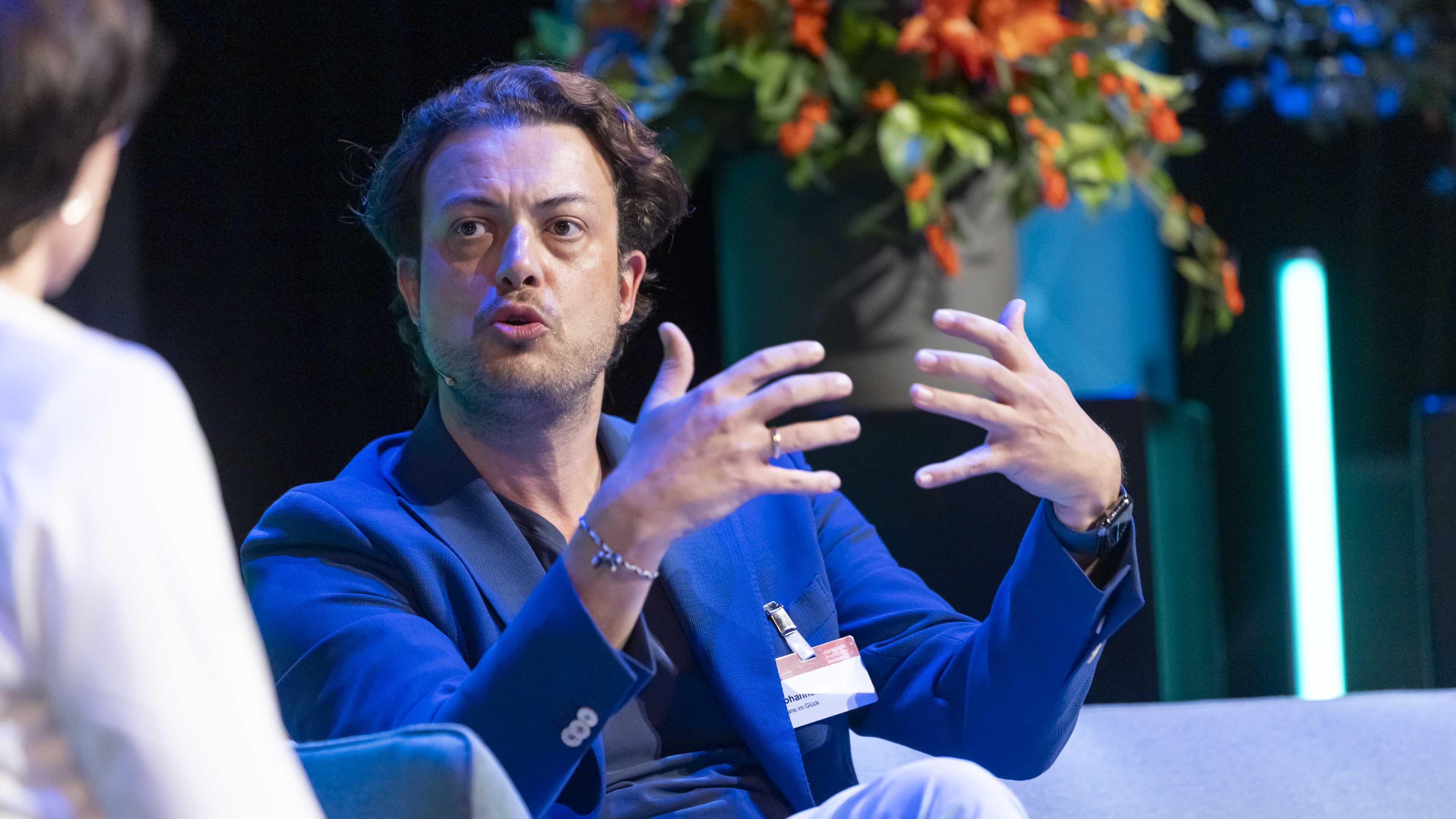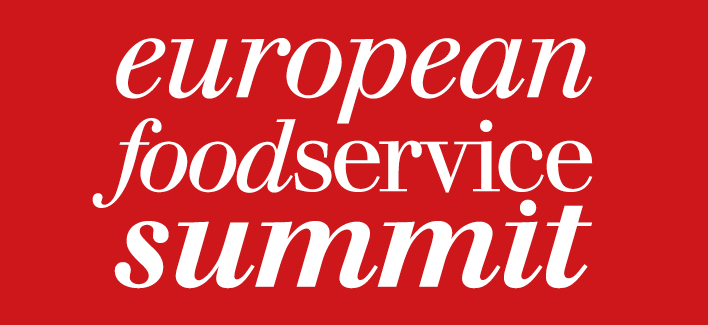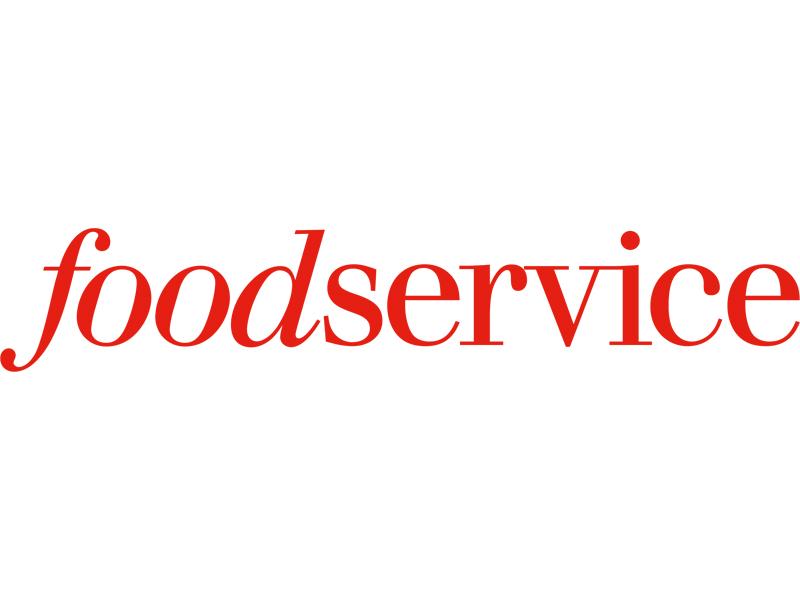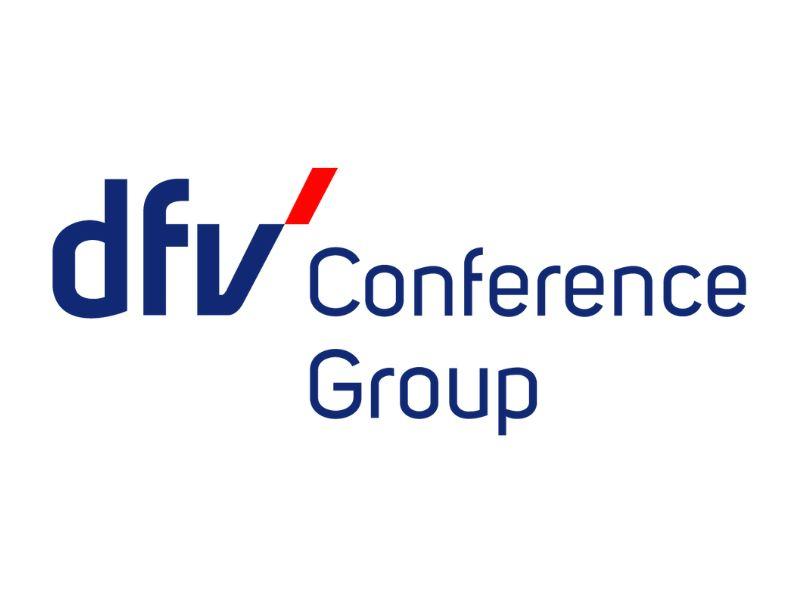Hans im Glück’s Path to Regaining Trust
 At this year’s Summit, CEO Johannes Bühler took to the stage to recount how German fast-casual chain Hans im Glück navigated one of the most challenging periods in its history.
At this year’s Summit, CEO Johannes Bühler took to the stage to recount how German fast-casual chain Hans im Glück navigated one of the most challenging periods in its history.
In early 2024, the brand faced a reputational crisis after connections between a shareholder and far-right groups became public. The turmoil led to a sharp decline in guest numbers and a temporary loss of all digital visibility, confronting the company with major operational and cultural hurdles. Bühler explained how immediate action, data-driven customer analysis, and targeted strategic adjustments helped guide Hans im Glück through the crisis—offering lessons highly relevant for the broader restaurant and hospitality industry.
Top 5 Key Learnings
- Core Values Tested by Reputational Crisis
In January 2024, Hans im Glück faced a significant reputational crisis when reports emerged that one of its shareholders was linked to far-right ideology and had allegedly participated in meetings advocating “re-migration” based on hereditary background. This situation directly conflicted with the company’s values of diversity and inclusion, placing acute pressure on leadership, teams, and franchisees to respond both rapidly and in line with stated company principles.
- Data-Driven Customer Understanding
The crisis prompted the realization that conventional demographic segments were inadequate for understanding customer sentiment during politically charged events. Working with psychological and statistical consultants, Hans im Glück identified key guest archetypes—Harmonizers and Optimizers—based on value drivers and key motivators. This enabled the company to refine both their communications and product development for higher relevance.
- Rapid adaptation to digital setbacks
As a result of the controversy and the surge in negative public sentiment, Google’s algorithms removed visibility of all Hans im Glück locations, severely impacting discoverability and revenue. The company responded by refocusing efforts on food delivery platforms, creating a digital operations department and achieving a 28% year-over-year growth in delivery sales—a vital buffer during the period of reduced online visibility.
- Product diversification drives recovery
Using the refined customer insights, Hans im Glück launched a completely new menu, including new categories such as the customizable “Smashburger” and bundle offerings, specifically tailored to new and returning guest preferences. Visual presentation and the ability to personalize meals played a central role in rebuilding traffic and engagement.
- Acting on Core Principles
Leadership addressed the situation by demanding accountability from stakeholders and communicating a strict deadline for shareholder restructuring. Extensive internal communications, including town halls at the restaurant and HQ level, maintained staff cohesion and provided clarity, while also preparing for possible public statements. These actions helped rebuild internal and external trust even as the crisis played out publicly.
Hans im Glück facts & figures
Diversity: 87 nationalities among staff; >70% of franchisees have migratory backgrounds.
Guest Traffic Loss: 1 in 8 guests stopped visiting following the crisis (approx. 12.5% reduction).
Digital Impact: Three months without Google visibility; restored algorithm led to a turnaround from –2.5% to +6% comparable growth.
Delivery Segment: 28% delivery growth year-over-year during digital blackout.
Nutrition Tool Use: Increase in user engagement from 2–3% to over 10% for the online nutritional calculator.



